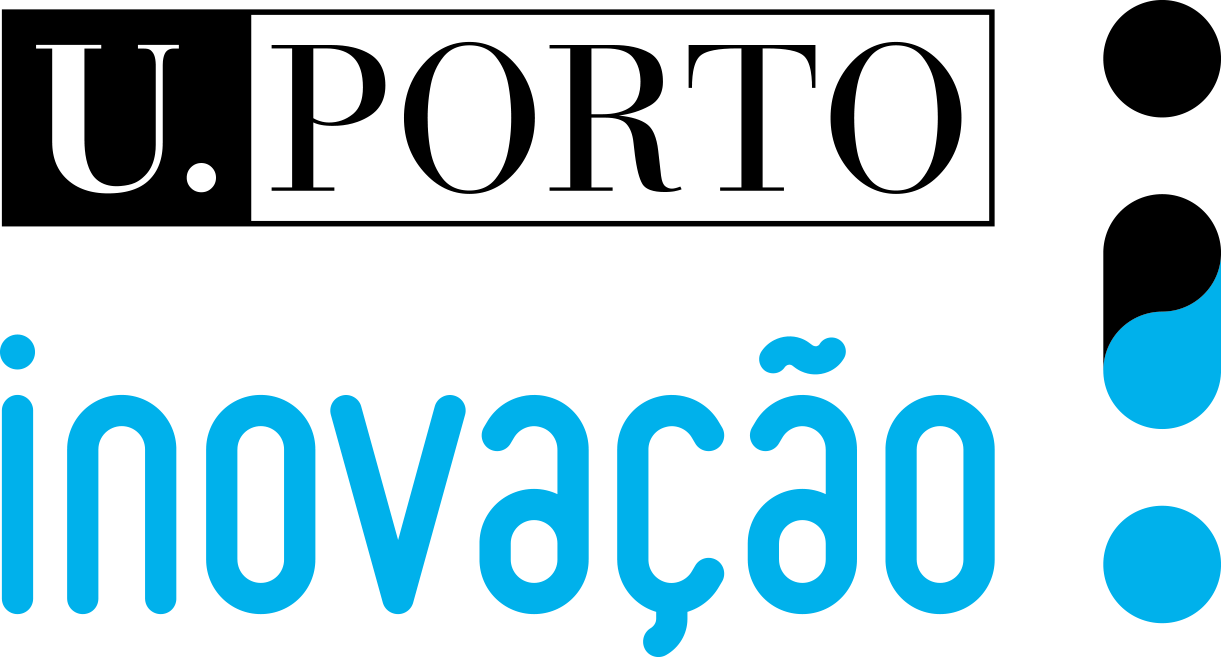WHAT IS INTELLECTUAL PROPERTY?
This right allows you to secure the monopoly or the exclusive use of this kind of technical, commercial and industrial information.
Intelectual property is traditionally divided into two branches:
1. Copyright and other rights
This branch seeks to protect intellectual creations in the literary, scientific and artistic domains, including the rights of the respective authors. Thus, original literary and artistic creations are protected by copyright.
2. Intellectual property rights
This branch includes the protection of inventions, aesthetic creations (design) and the distinctive signs used to distinguish products and businesses within the market. Industrial property rights are obtained through the registration of patents, utility models or brands.
WHY REGISTER OR PROTECT?
Protecting or registering is not obligatory, but it is advisable as it brings multiple advantages:
1. Secures a legal monopoly
This monopoly enables you to prevent anyone from using a trademark, patent, design or model (or other modes of protection) without consent, enabling the author to use all available legal mechanisms to stop or punish any illegal use of these rights.
2. Grants the right to use symbols that deter violations (®, Pat. no., D M no.)
The use of these symbols is only permitted for those who effectively register or protect their inventions, thereby avoiding any conduct that might infringe upon their rights. It also provides greater security for investments, being an excellent negotiation factor between the University and companies.
3. Assigns a property right
The property right obtained by protection or registration is freely available, allowing the holder to transfer or license their trademarks, patents, designs or models, thus monetising their investments.
WHAT CAN BE REGISTERED OR PROTECTED?
1. Inventions
An invention is a novel solution to an existing technical problem. The results of an inventive activity in all fields of technology can be temporarily secured through:
- Patents;
- Utility models;
- Complementary Protection Certificates (CPC);
- Topographies of Semiconductor Products.
2. Symbols
A graphic element, such as a picture or a word, which identifies products, services, businesses or entities in the market. It can be protected through:
- Trademarks;
- Logotypes;
- Rewards;
- Denomination of Origin;
- Geographical Indications;
3. Design
The appearance or design of an object (the aesthetic configuration that results from the creative activity of businesses and designers) can be protected through:
- Drawings;
- Models.
WHAT ARE THE PATENTABILITY CRITERIA?
For a patent to be valid, the national Intellectual Property authorities (in Portugal, the National Institute of Intellectual Property - INPI) must be shown proof that the technology for which protection is proposed is a technical solution to a specific technical problem.
In order to be patented, the technology must comply with the three requisites of patentability:
1. Novelty
It has to be substantially different from anything that has already been patented, is commercially available or described in a publication or disclosure. There are some exceptions, called "grace periods", that are only applicable in some countries.
2. Inventive activity
It cannot be "obvious", i.e. a person with "normal" abilities in the same area of knowledge would not have the same idea after becoming aware of other patents or public information.
3. Applicability/industrial application
It has to be useful for industrial purposes and needs to be able to be replicated industrially.
HOW TO PROTECT OR REGISTER AT THE UNIVERSITY OF PORTO?
U.Porto Inovação is the technology transfer office of the University of Porto whose mission is the management and valorisation of knowledge generated within the University.
If you have an invention that you would like to register, you can contact our team by completing the Invention Disclosure form available here.
You can also contact us by email at upin@reit.up.pt.






